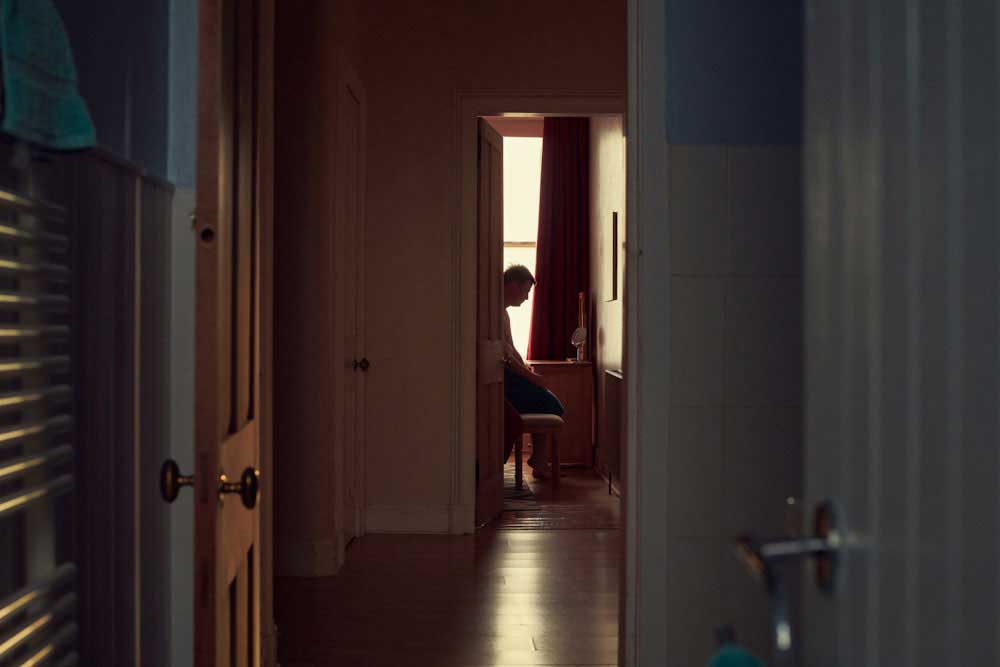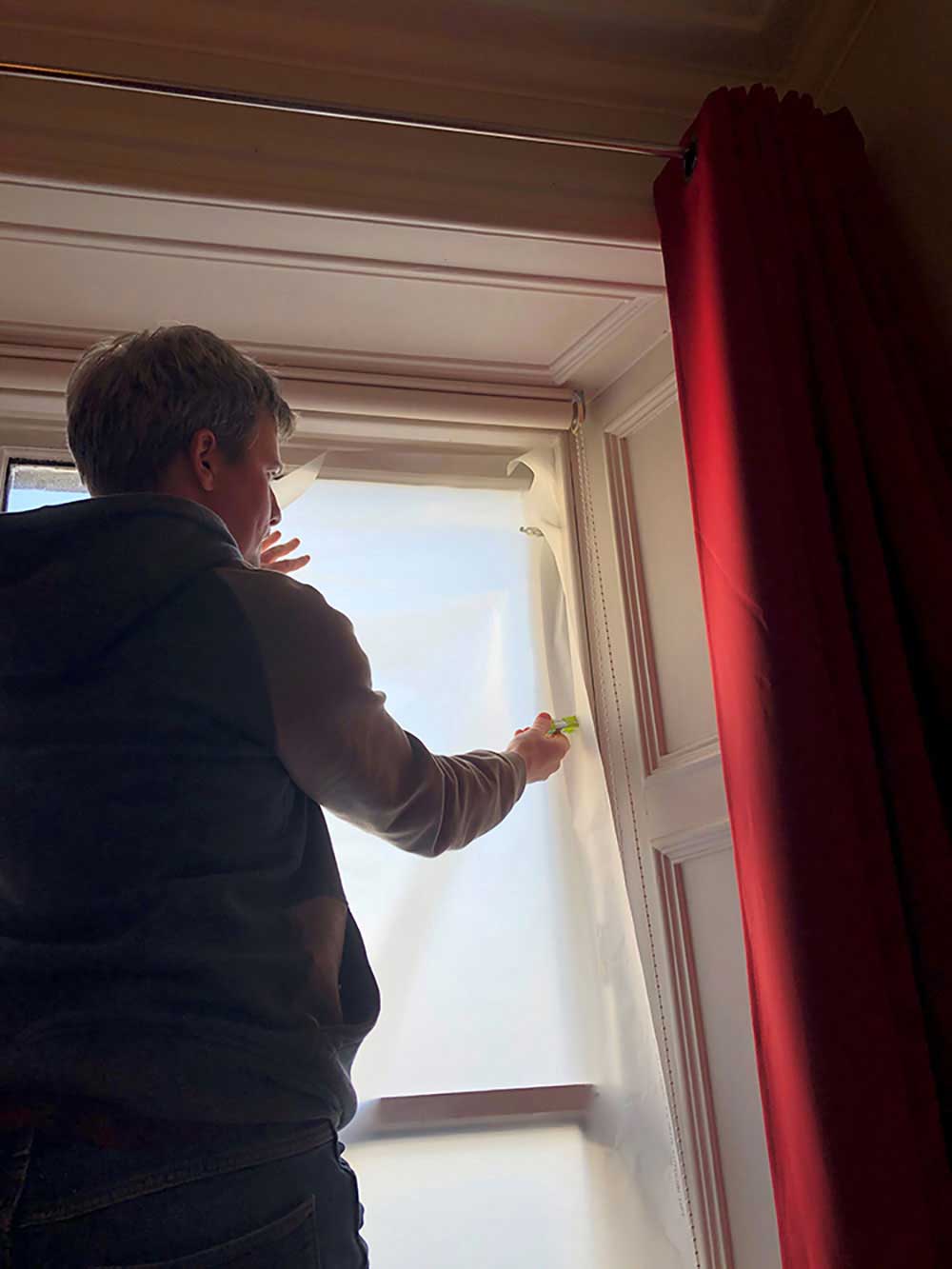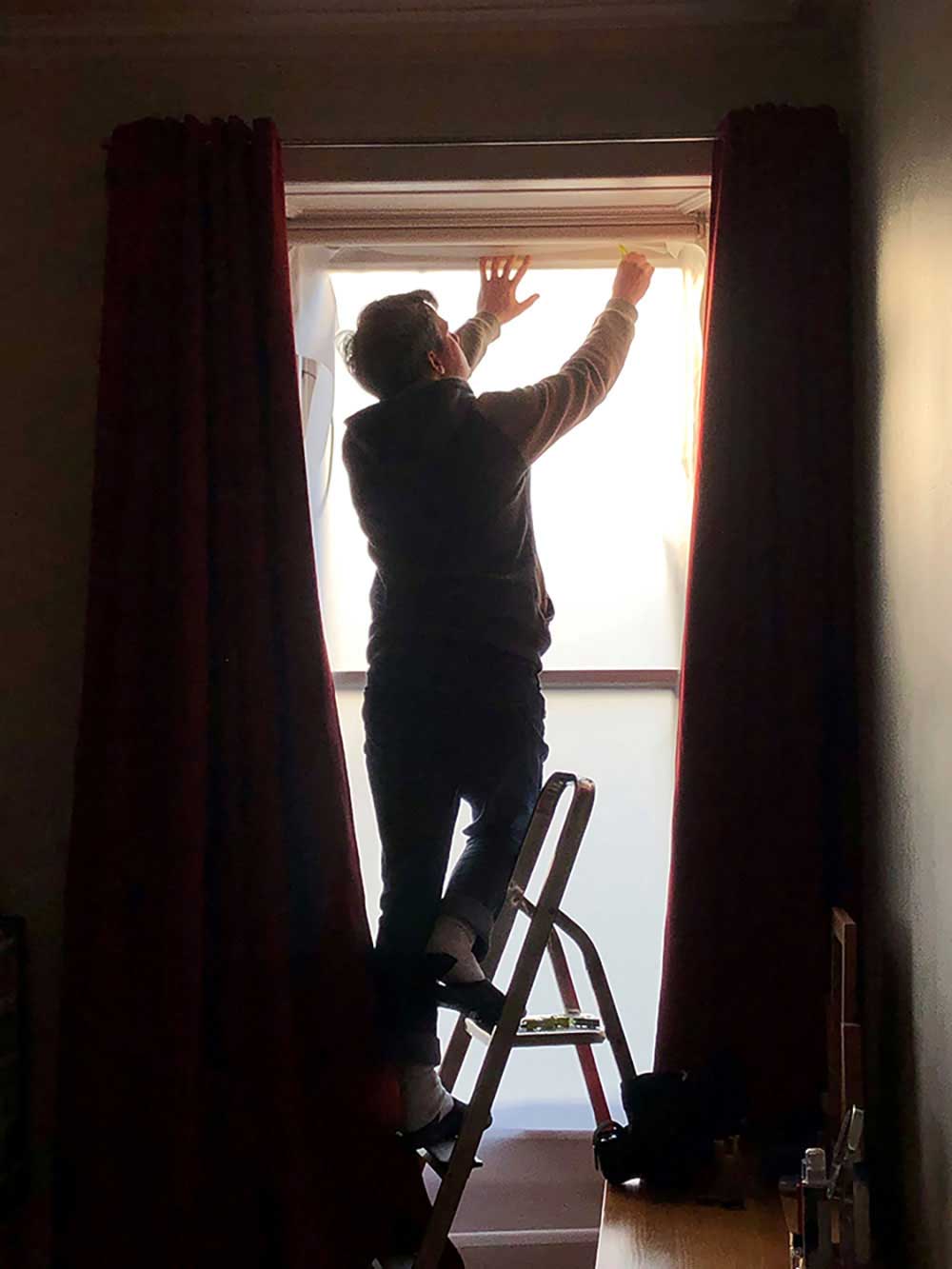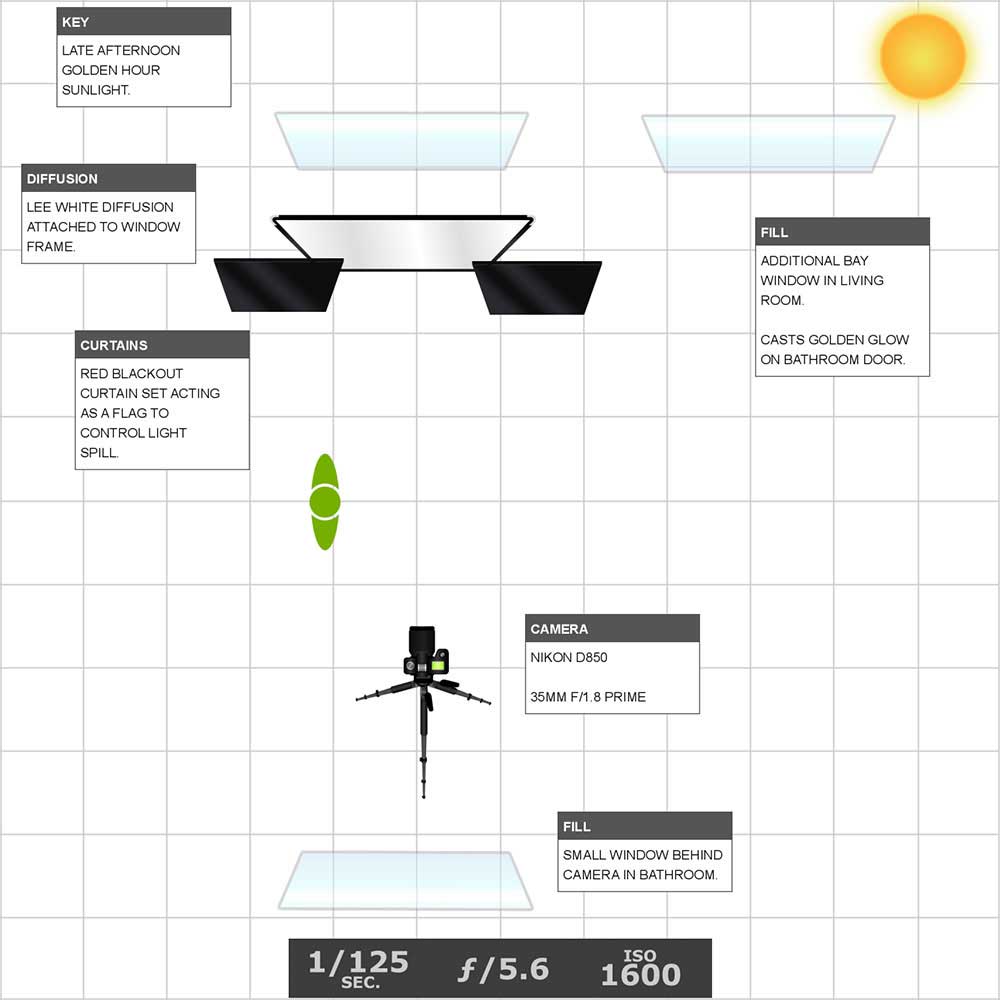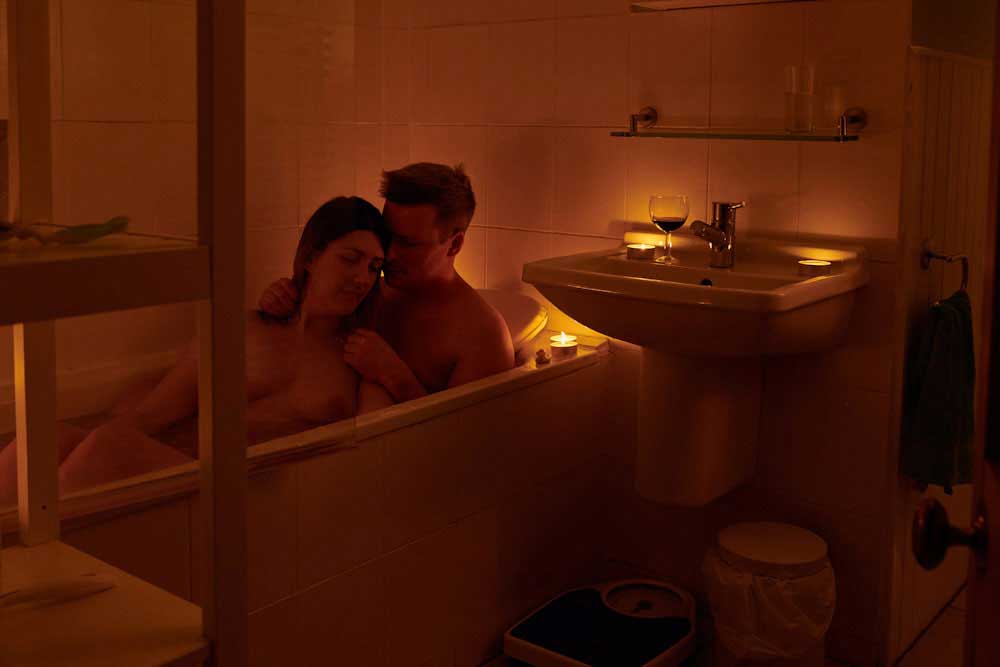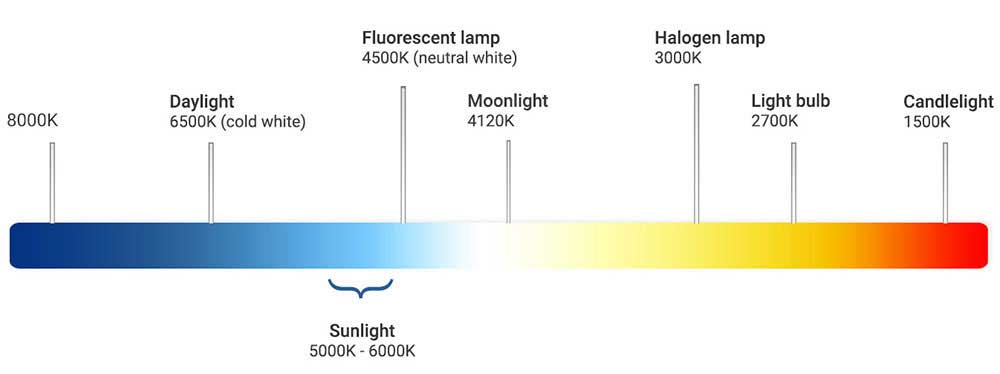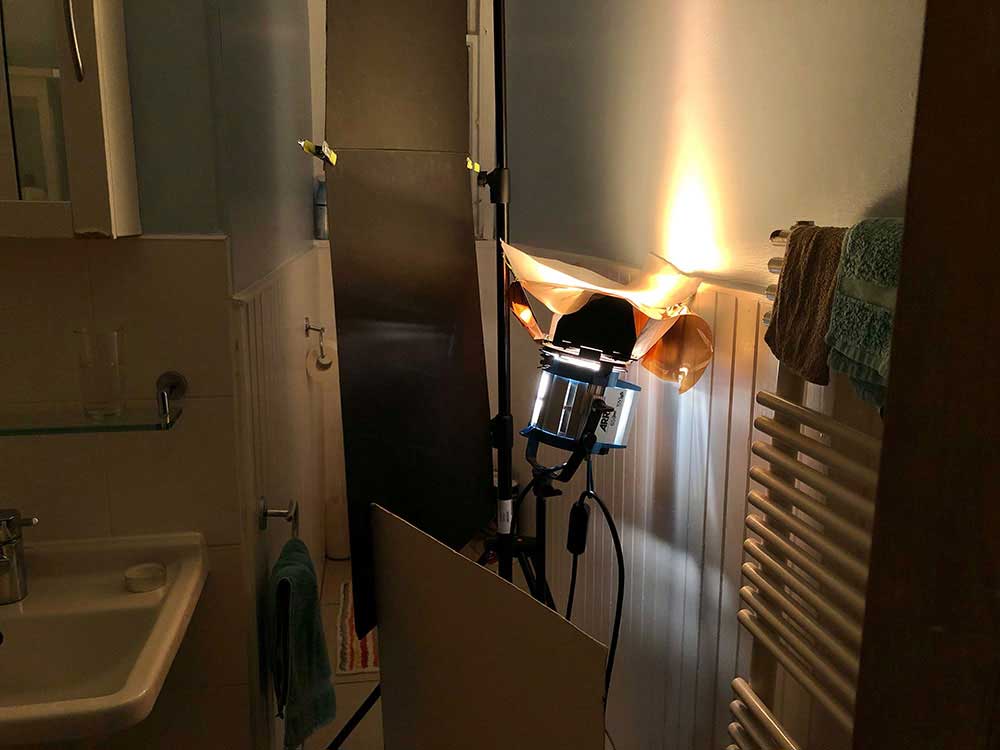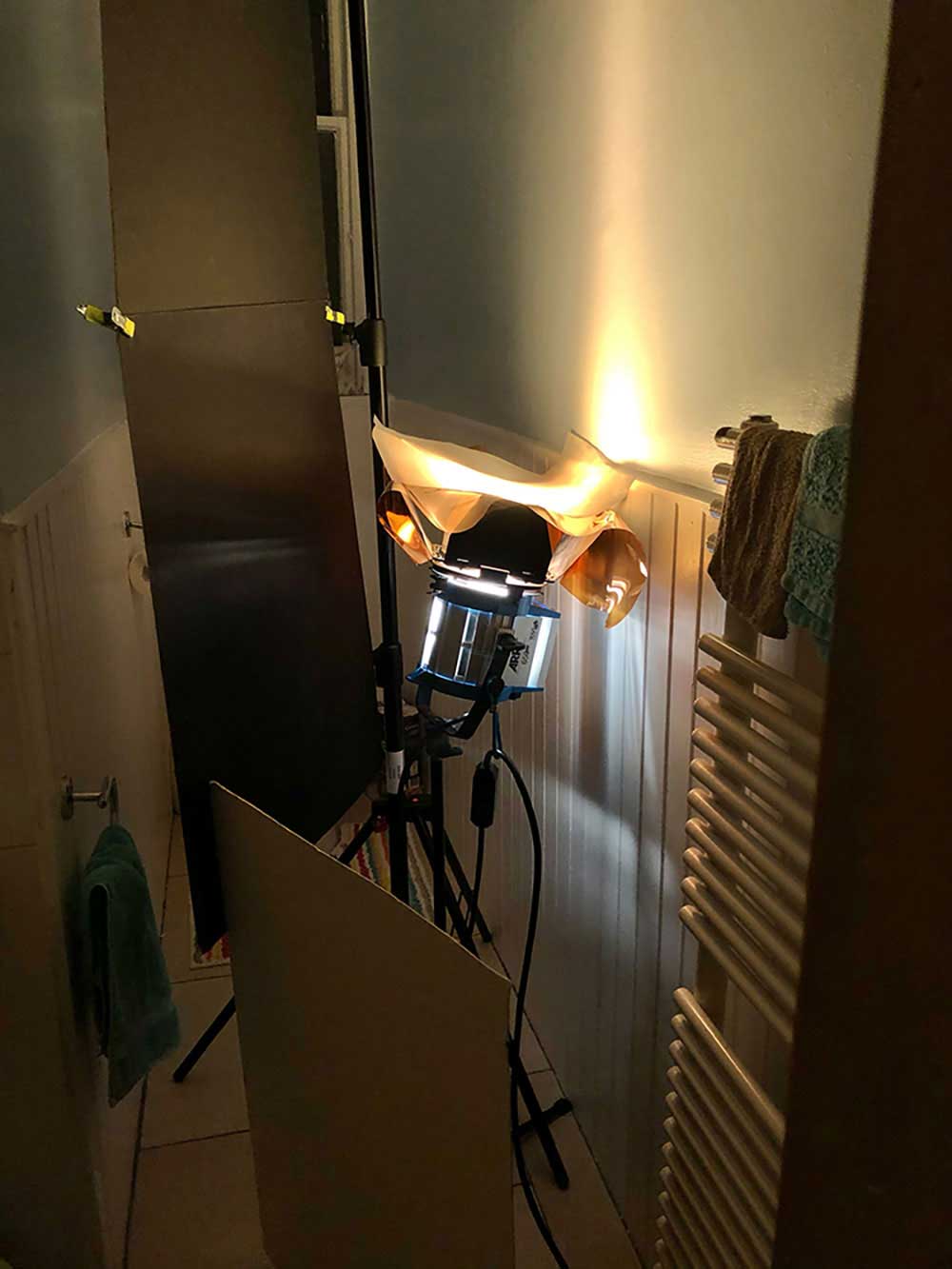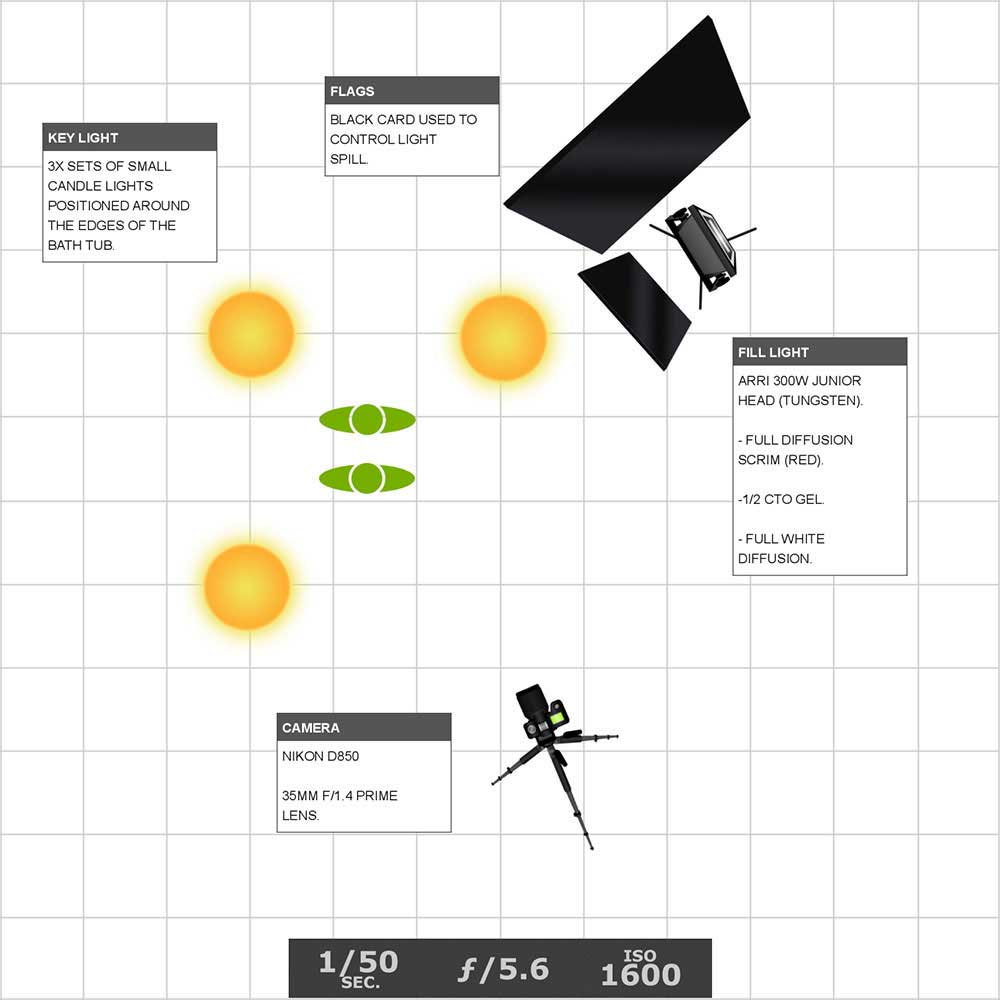2020: well that was a crazy year! As I look back over the last twelve months it has been a real whirlwind of emotions and at times a very difficult journey. To be transparent and brutally honest, professionally it has been somewhat of a disaster.
With so much of my commercial work based around the performing arts, this has sadly been one of the hardest hit areas in the UK and will be one of the last to recover as things begin to return. This frustratingly left me with a lot of time on my hands, and as always, a creative output has been one of my best ways of coping with these difficult times.
One of the most positive and rewarding things, however, to come out of this challenging period has been a sustained period of critical evaluation. Whilst this may have been forced upon me, it has been an opportunity to take time out to focus on the development of my craft as well as find space to produce a completely new body of personal work. In the absence of my usual commercial projects to keep me motivated, I instead had to seek that motivation from within, trying to capture my experiences and produce a project that I had always dreamed about making.
I was recently invited to give a guest lecture at my old university, in which I took a long hard look at my creative journey so far. The most important theme that emerged from the presentation and one that I passionately conveyed to the students was the need for continuing professional development as creatives and image makers.
Creative Development
My loving and ever-supportive partner Rosie specialises in Human Resources, and this is a concept that she constantly talks about, one that is particularly important and relevant for us as photographic artists. In such a highly competitive and sadly over-saturated marketplace, we need to continually develop our craft and further our creative knowledge, bringing us ever closer to the elusive images that we have in our imaginations and that we see in our mind’s eye!
For me, Creative Development currently involves working on a long term project that, for the first time in my career, has no professional agenda; it is simply a creative outlet to help in my fight against my ongoing struggles with mental health issues. Yet at the same time, it serves two extremely important key functions, for as well as a creative outlet it also provides space to develop new ideas, techniques and solutions that I have been planning for some time. Like a world-class jazz musician or similar performer, the more skilled we are as artists, the more creative and spontaneous we can be in our practice. This latest project became a testing ground for creative ideas, techniques and solutions, pushing me to tell more meaningful stories with my imagery.
Creative Development in Practice
I have always loved cinema and it continues to be one of my biggest influences alongside painting. In many ways, constructed photography works in a similar way to film production, in that scenes are crafted, sets are built, and actors play a specific role to help tell a given story, as opposed to a more photojournalistic approach which aims to capture what lies before us in as truthful a way as possible. I’ve always been inspired by the way that cinema can manipulate and craft light and colour in such a sensitive way, using these tools to construct drama and emotion in what is essentially a fictitious environment.
For many of the images in my ongoing Isolation Diary project, I wanted to employ a very similar creative approach, where if a scene couldn’t be captured with ambient light such as in an evening or night time environment, then the use of artificial lighting had to feel as authentic and honest as the emotions themselves. I want to use a couple of examples from my ongoing Isolation project to help illustrate how these ideas and techniques were applied to tackle two different technical challenges: crafting and shaping both natural and artificial light.
Crafting and Shaping Natural Light
The aesthetic and mood behind my latest series was inspired by the natural cycle of daylight as it moves through our 3rd floor apartment, with feelings of loneliness and isolation best achieved using this as a guide. The work of the Danish artist Vilhelm Hammershøi has always been a major artistic influence, pursuing a similar end result in the beautiful paintings he made of his Copenhagen apartment at the turn of the 20th century.
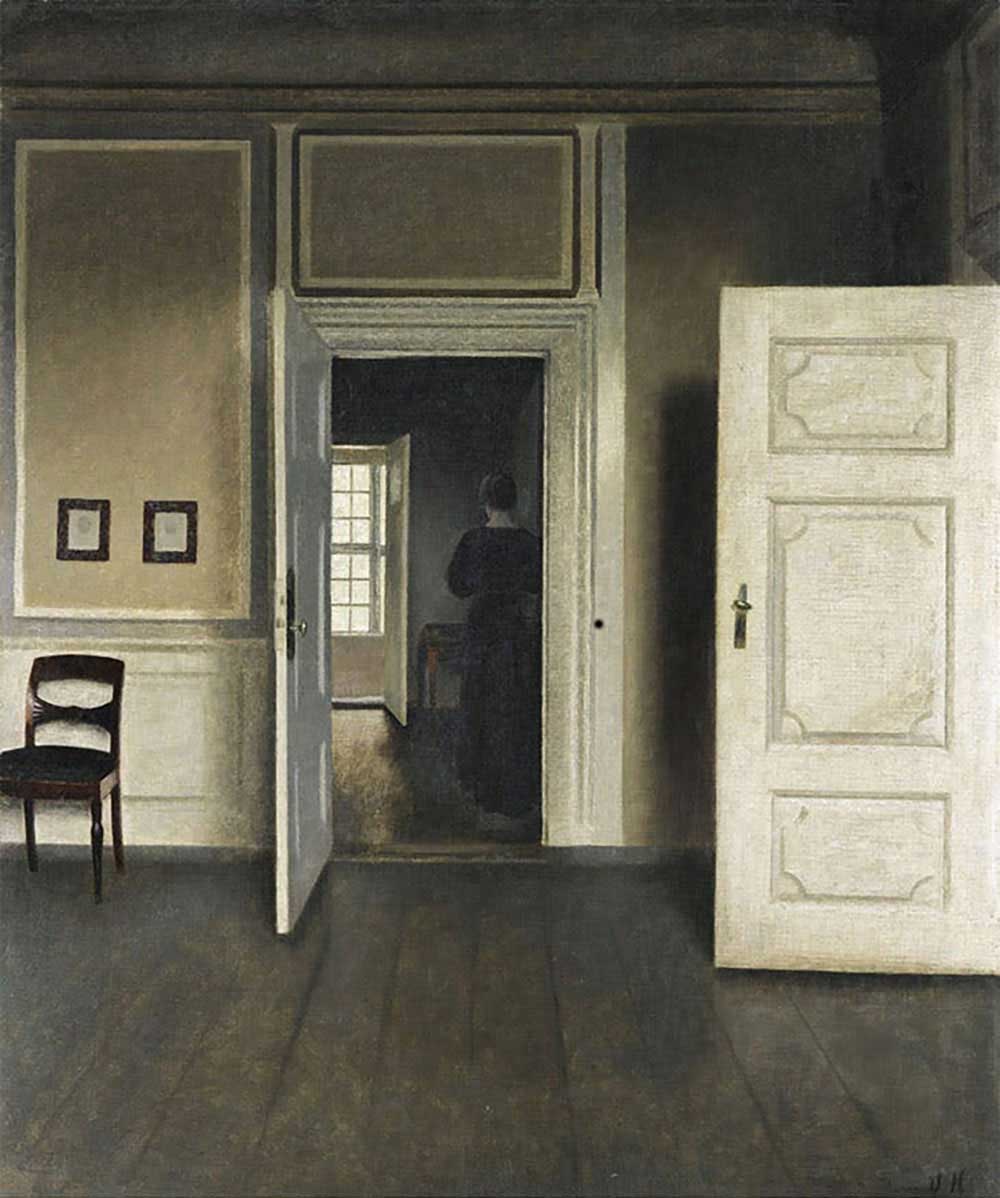
Whilst the emphasis of my personal approach to this body of work has always been to achieve as natural a look as possible, sometimes the ambient light needs just a little helping hand! A great example of this can be seen in the image below, where the motivation behind this scene was the beautiful late afternoon light spilling through our bedroom window.
Unfortunately the existing sunlight was simply too strong on its own, so I placed a roll of diffusion material over the bedroom window to help control the exposure, softening the shadows and preserving the delicate details in the highlights. I used a roll of LEE Filters 3/8 White Diffusion, with the edges carefully hidden behind the curtains, allowing me to retain the integrity of the scene and achieve a controlled and balanced exposure without excessive levels of contrast. The images and diagram below help show how this was technique was realised.
Motivated Lighting
Returning to the world of cinema for a brief moment, the concept of Motivated Lighting is a common, everyday technique when lighting for moving image. This concept involves utilising the existing light fixtures in any given scene, often called Practicals, as a guide to adding any artificial lighting in as realistic and sensitive a way as possible. This allows us to capture images that would normally be outside of the limited dynamic range that our cameras can cope with. For example, a warm tungsten desk lamp in the corner of a room provides the look of how a given scene will be lit, and any other additional lighting or flash will be used in such a way as to appear as if they were coming from this very same desk lamp source.
For one of the latest images in this series I wanted to capture an image that was lit by candlelight, recreating an intimate scene in which my partner Rosie and I were taking a bath together, one of the simple domestic pleasures we both shared during lockdown. The first problem, however, was that basic candle light was simply not strong enough to illuminate the whole scene and achieve a usable exposure. I knew that I would need some additional fill lighting to help boost the details in the shadows, yet that this must retain the integrity and drama of the dramatic candle-lit illumination.
After much testing, I ended up with a lighting design based around an old 300w ARRI Junior tungsten fresnel, situated just out of the frame to the right of the image. The fixture was aimed up to the ceiling to bounce light back into the shot, helping to raise the overall exposure and provide valuable detail in the shadows around the edges of the bath and floor tiles. A sheet of ½ CTO (Colour Temperature Orange) gel was added to balance the Kelvin values of the tungsten lighting to the warmer (lower Kelvin) colour of the existing candle lights, and some LEE Full White Diffusion was also used to soften the shadows and lower the intensity of the lamp fixture.
Lastly, some black card was used to flag the light, controlling the sideways spill and preventing it from bouncing around all over the walls. The end result was that the artificial lighting was then perfectly matched in colour, shape and intensity to the existing candlelight in the image, helping to lift the shadows whilst preserving the overall integrity, quality and direction of light.
Moving Forward
The practice of Motivated Lighting is just one area of my own ongoing personal development and is a strong example of where a sound knowledge of craft, technique and equipment will one day allow me to create more dynamic and imaginative images. The goal here is not to be limited by natural light, but instead to be able to craft and shape it to construct emotive and powerful scenes no matter how challenging the lighting conditions may be.
I hope these two short examples can give you some ideas for your own work, and as always please feel free to contact me for any more information or technical questions! I’m always happy to share and learn, as we never learn by getting it right first time! Lastly, my very best wishes for the new year ahead!
Gavin Smart
Gavin Smart is an award-winning freelance photographer. He has a rich and diverse creative background which began with his rigorous musical training, studying the tuba at London’s prestigious Guildhall School of Music. While he no longer plays music professionally, this period of his life gave Gavin the colourful life experiences which continue to shape his photographic process. His cinematically-inspired images feature theatrical light, emotive colour and constructed photography, drawing a strong influence from painting, film and literature. His work marries the production of advertising for some of the UK’s top arts institutions, theatres and design agencies alongside carefully considered personal projects. Using imaginative storytelling to produce creative and thought-provoking imagery, his photography has since become a vital means of personal expression and an aid in making sense of an ever-evolving world.



